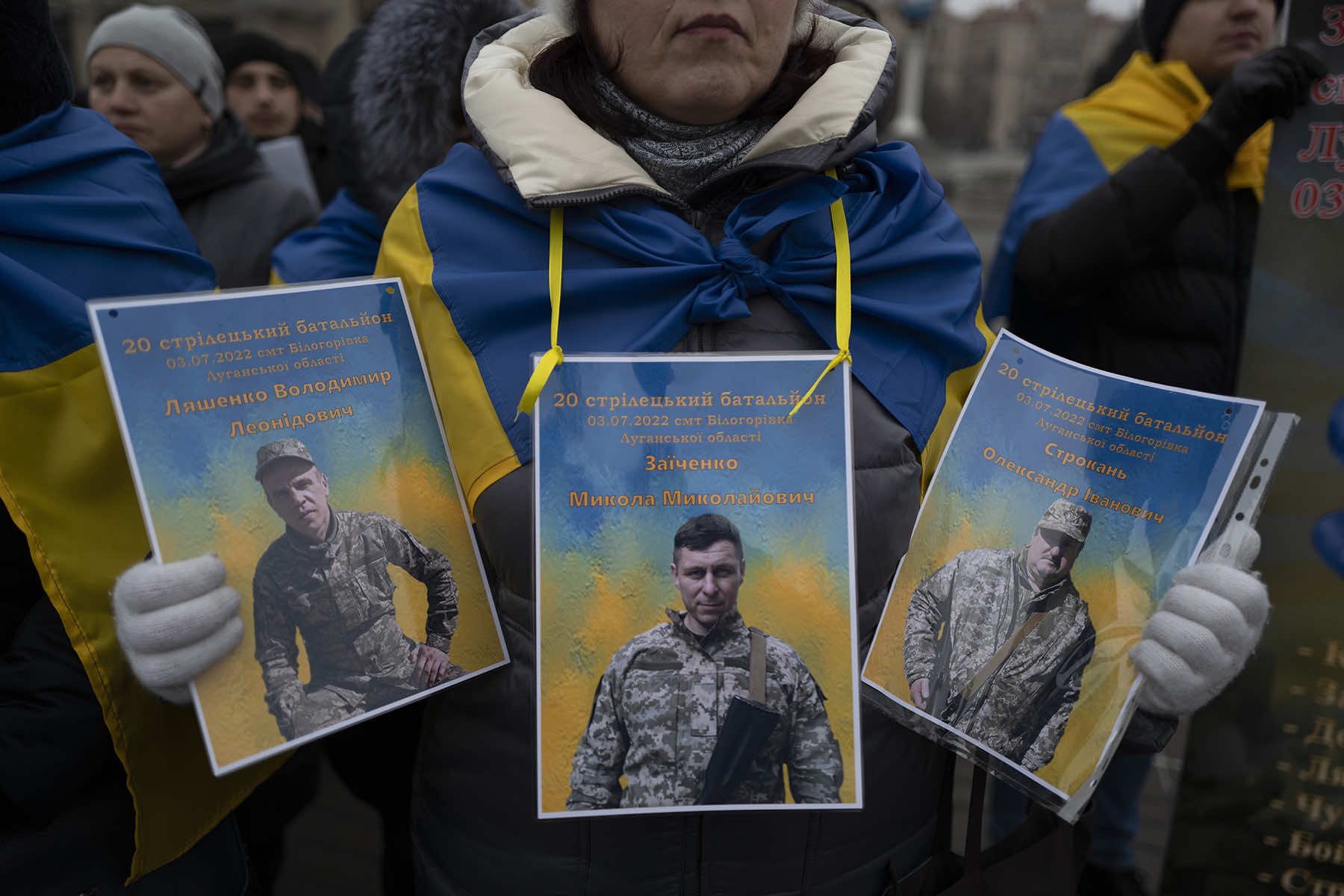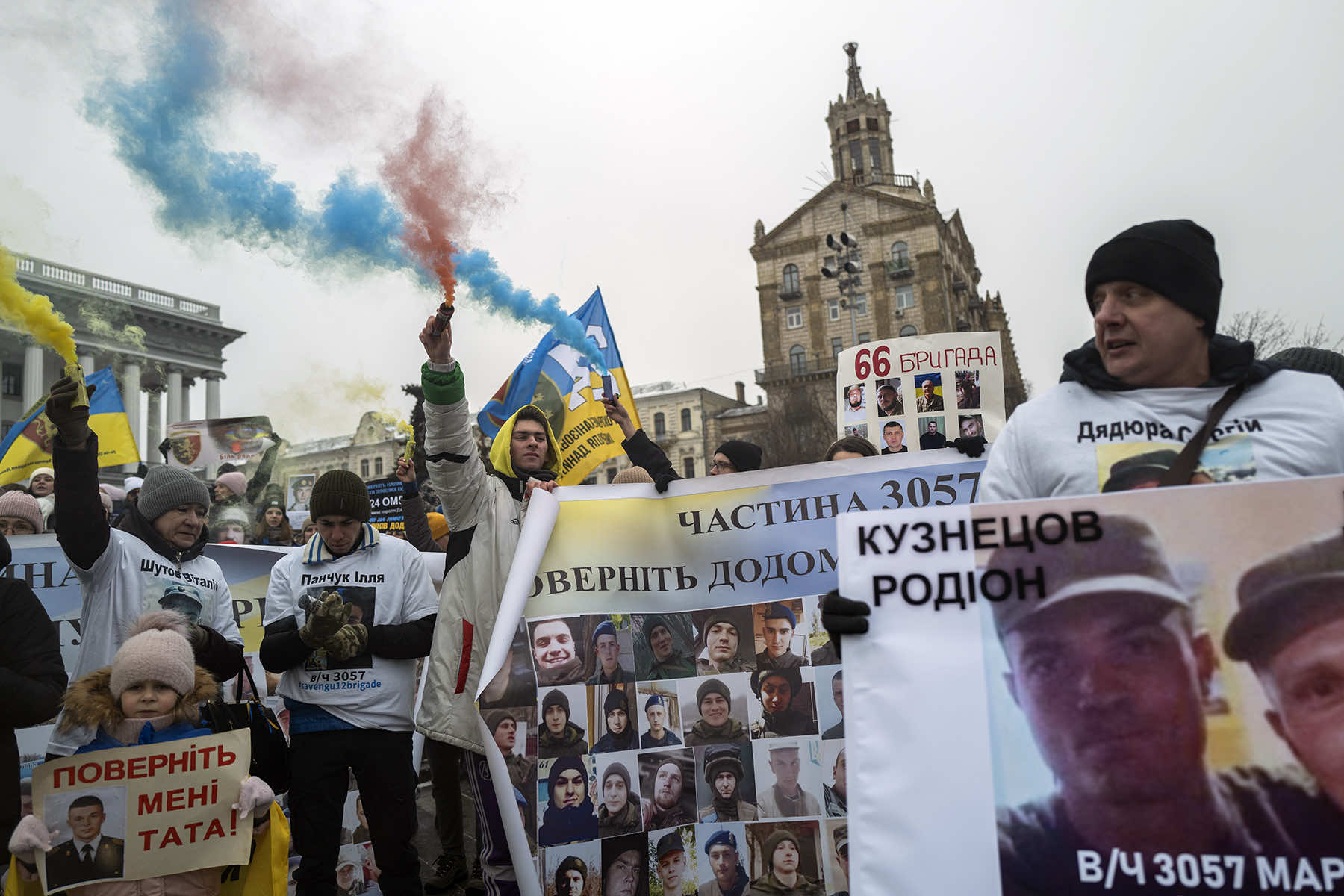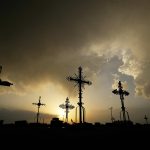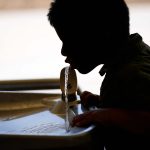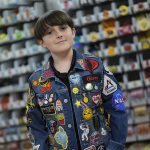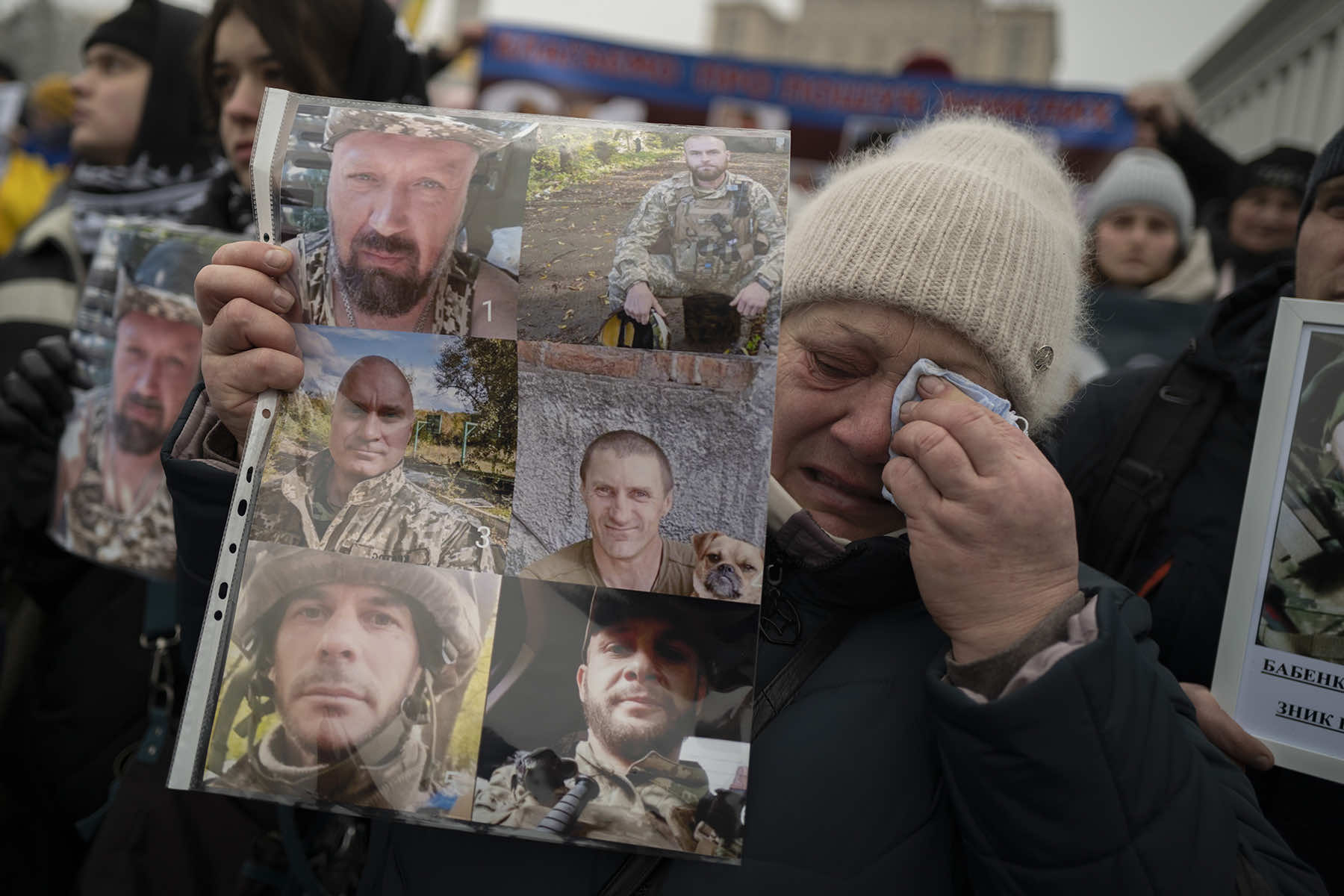
By Greta Uehling, Lecturer, Program in International and Comparative Studies, University of Michigan
As the first anniversary of the full-scale Russian invasion of Ukraine approaches, one thing is clear: The destruction the war has wreaked upon Ukrainians over the last 12 months is so catastrophic that the country will be dealing with the humanitarian consequences for the foreseeable future. One of the consequences is trauma.
As an anthropologist, I have long sought ways to describe my interviewees’ narratives in ways that are true to what they experienced. This is particularly challenging after shocking, painful or overwhelming experiences, which are often difficult for survivors to describe in chronological order – or sometimes, to describe at all.
Still, abundant research shows that unverbalized memories are not necessarily lost. Often, they return in the form of flashbacks and physical sensations. Survivors may find themselves reaching, consciously or unconsciously, for different ways to describe their experiences.
I did extensive ethnographic research in Ukraine between 2015 and 2017, crisscrossing the country to understand what was happening to civilians after Russian-supported troops began the war in the Donbas region of Ukraine. During my research, many people related their experiences of war in terms of their embodied sensations and material possessions.
The body knows
Ukrainians often described their decision to leave areas of active military conflict as a visceral, rather than cerebral, process. A woman I call “Zhenia,” for example, lived through the epic siege of the Donetsk airport in 2014. Although her family planned to stay, that changed one night when her husband saw a mortar from a missile strike land down the street from their high-rise apartment while he was standing on their balcony.
But they did not need to talk about it. Zhenia remembers thinking that her husband’s skin looked almost green from shock. Then, he threw up in the bathroom. By the glances they exchanged, she knew it was time to pack their bags.
From her perspective, their bodies “knew” the time had come – it was an embodied form of knowing. She and many other displaced Ukrainians told their stories by referring to physical changes they experienced: tightening in the diaphragm, shortness of breath, an upset stomach, diarrhea, pain in their bones. Young people in good health described their hair going gray and teeth suddenly beginning to fall out. Psychologists might call this “somaticizing”: when mental and emotional distress expresses itself physically.
Anthropologists have long debated how best to communicate about pain and violence in a way that honors survivors’ experiences without being voyeuristic. In my 2023 book, Everyday War, I address the challenge by giving voice to the embodied language the people I spoke with used, relating their lives to me by talking about their bodies and possessions.
Surviving the surreal
Among survivors of horrific experiences, there is also a tendency to dissociate. Dissociation refers to the sense of detachment from reality that occurs when the ways we typically make sense of our experiences are inadequate to what is happening.
War crimes exemplify humanity at its worst, and ordinary words often feel insufficient to describe what people witness. It is not uncommon for individuals who have survived war and conflict to describe feeling detached from reality and other people. Many experience the world in which they are living as unreal, dreamlike and distorted.
In Ukraine, people I spoke with who had been affected by the war painted a world so uncannily altered by violence that it felt as they were living in a science fiction drama: The previously familiar became very strange.
A woman who had been displaced from Donetsk, “Yuliya,” told me she left after an otherworldly quality seemed to overtake her city. She compared her time in the city to a science fiction movie she had seen about the Soviet Union, in which high-tech sonic waves were used to subdue the population. Others described the Russian occupiers as bestial, monstrous and “zombies.” “Valya,” for example, described the mercenaries who entered her town as an “animal horde” because their activities were so indiscriminate.
Researchers in other countries where people are suffering from widespread trauma show survivors using similar language. In South Africa, people talked about human inhumanity to others in terms of “zombification.”
In “Everyday War,” I use Yuliya’s term, “sci-fi,” because so many people described having to make sense of what seemed like life on another planet. Here again, Ukraine is not unique. For example, in accounts of the civil war in Sierra Leone, recovering child soldiers report seeing not water but blood flowing from the tap.
The power of objects
A third way people spoke of traumatic experiences was in terms of objects. A single mother of five girls, “Fiona,” fled Luhansk when the Russians stationed near her rural home began going on shooting sprees during their safety patrols in 2014. She began selling household items to generate funds for bus tickets to a safer location.
Fiona’s description of these items was very detailed and took up most of our conversation. At first, I was perplexed as to why she wanted to go over the make, year and model of items like toasters and washing machines. She was more eager to talk about these appliances, it seemed, than her experiences or her children.
Eventually, I understood that these everyday objects, now sold, were icons of the life they had lost. Describing appliances was a way for Fiona to communicate about her family and its migration, easier than trying to discuss heavy emotional experiences head-on.
Another man who had fled his home, who I call “Leonid,” told me what he most longed for was the collection of matchbook cars he had to leave behind. The picture he displayed on his phone showed the cars lined up, still in their packaging, on a shelf in his home.
A humanitarian worker counseled him to overcome his sense of despair by purchasing new ones. What Leonid was saying, however, was more complex. As he was fleeing, he had also photographed innumerable real cars that were crushed by tanks, shredded by mortars, or incinerated by fire. Our conversation made clear that he longed for the toy cars because they represented everything the real cars in his actual world were not: safe, whole and protected. Talking about the toy cars was a way to describe – in condensed form – a whole set of powerful emotions.
When the war ends, Ukrainians may return to the places they had to flee, but both their inner and their outer worlds have changed. This means anyone intent on understanding will need flexible ways to listen. For anthropologists, it is vital to listen to not only what people say, but how they say it.
Bela Szandelszky (AP)
Originally published on The Conversation as When there are no words: Talking about wartime trauma in Ukraine
Support evidence-based journalism with a tax-deductible donation today, make a contribution to The Conversation.

